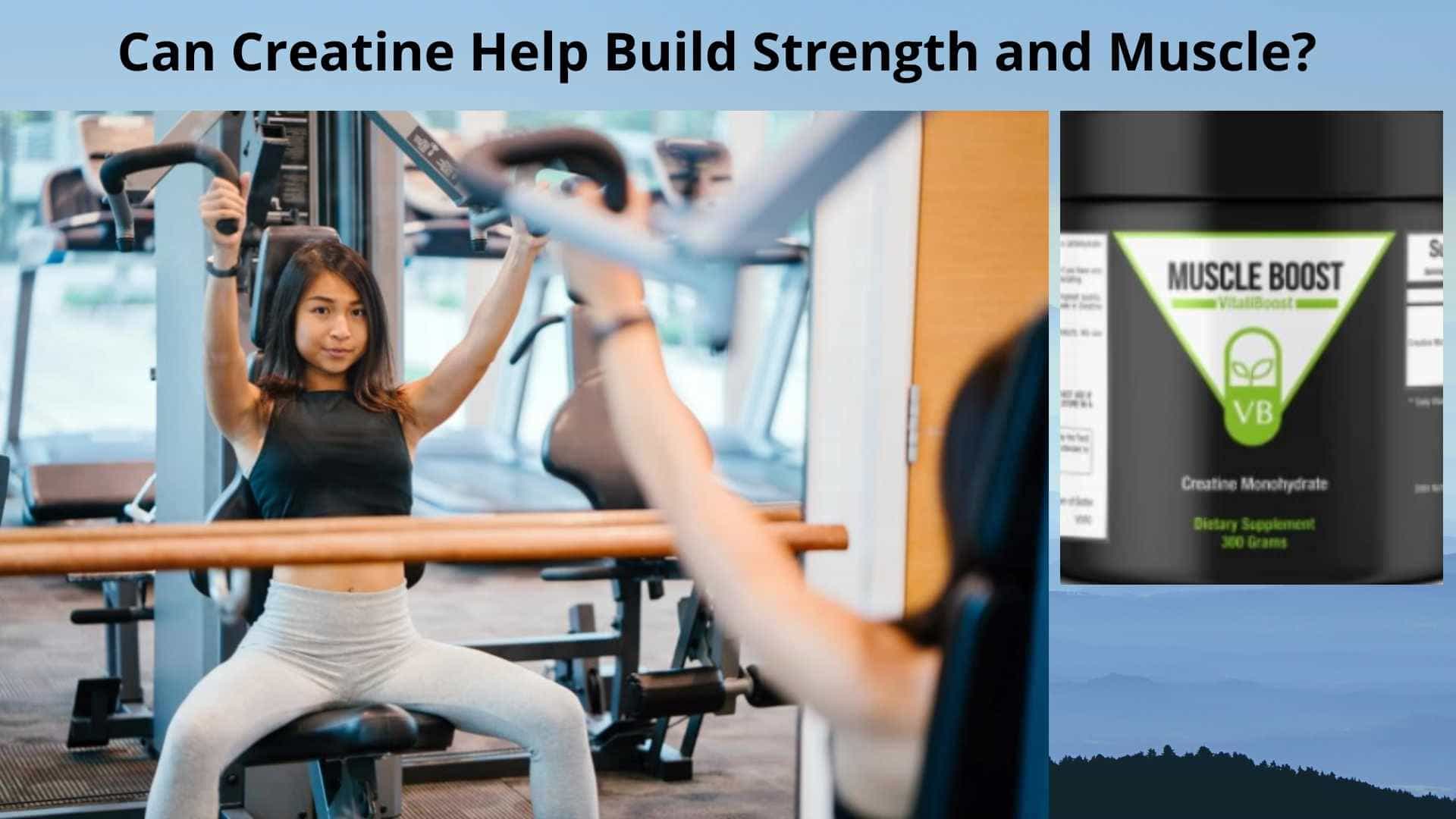Creatine is a naturally occurring non-protein amino acid that is found in muscle tissue, most commonly in red meat like steak, and seafood like tuna and salmon. When consuming creatine-rich foods, your liver and kidneys take in the amino acids to make creatine, which is then transferred to your muscles as a form of cellular energy called creatine monohydrate.
Table of Contents
What is the Science Behind Creatine?
Creatine is a naturally occurring amino compound found in skeletal, cardiac, smooth muscle, and brain that plays an indispensable role in energy metabolism in almost all tissues.[i] The body produces creatine from the amino acids methionine, glycine, and arginine (folate and vitamin B 12 are also catalysts), with most residing in skeletal muscle where about one-third exists as creatine and two-thirds as phosphocreatine.
The phosphorylated form, creatine phosphate, provides an immediate energy source for the brain and muscles, and therefore, the primary rationales for supplementation are to increase, rapidly replete, and prolong this energy source to increase the metabolic capacity of these target tissues, such as the capability of a muscle to contract more powerfully longer and heal faster.
How Does Creatine Affect Muscles?
It helps you recover between sets. This means a supplements’ value lies in boosting recovery speed, which in turn enhances the amount of work you’re able to do during a workout. Over time, this leads to faster gains in both strength and size. This supplementation can boost maximum power and performance in high-intensity anaerobic repetitive labor (work and rest periods) by 5 to 15%.
It has no significant effect on aerobic endurance, though it will increase power during short sessions of high-intensity aerobic exercise. An added bonus is high-intensity lifting and exercise can increase free testosterone in the body. This in combination with testosterone supplements is a recipe for gains and success.
Improved recovery leading to enhanced short and long-term gains: This supplementation may also work through other unique muscle-building mechanisms related to recovery, development, and muscular adaptations during the supplementing phase.
Does Creatine Help Prevent Injury and Aging?
Combined with weight training, It slows the loss of bone mass as you age and could ease the effects of osteoarthritis, where joints become stiff and painful. That said, creatine, inevitably, has different effects on individuals.
The effects of it should be evident in a week in most using the supplement— with your training volume and strength increasing. Muscle fibers grow quicker after this supplementation and resistance-based exercise, according to research published in the journal Medicine & Science in Sports & Exercise.
It may also participate in reducing certain types of muscle damage from high-intensity resistance training and endurance exercise allowing more complete recovery before subsequent exercise bouts.
Is It Safe to Use for Teenagers and Adults?
The goal of this supplementation is to deliver a greater and prolonged accrual of gains, as opposed to a non-supplemented state, that can translate to the “field of play” (specific sports activities) because continuous better workouts allow greater and continuous improved muscular adaptations.
Moreover, the safety of this supplementation is undisputed, and in fact, offers therapeutic and recovery benefits in otherwise healthy individuals of all ages.
Visit for more best articles





